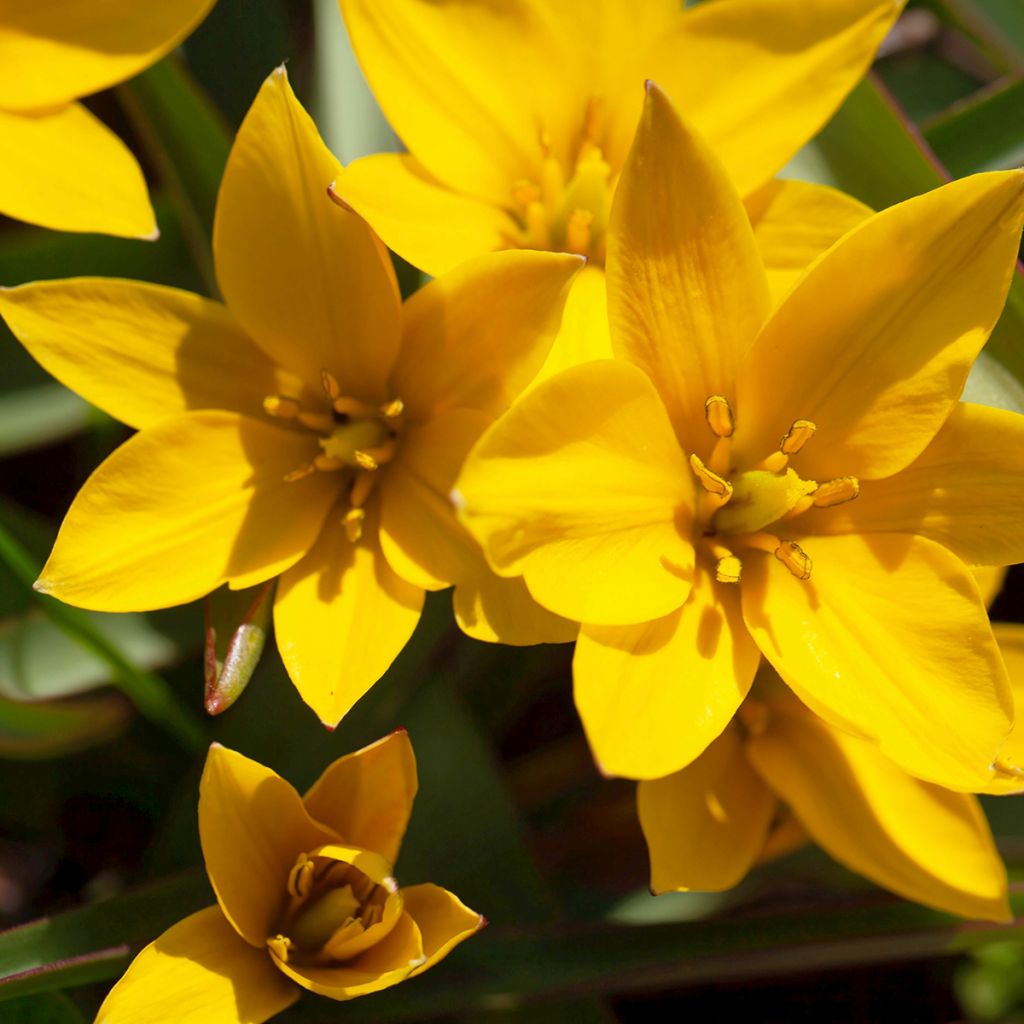

Tulipa urumiensis - Botanical Tulip
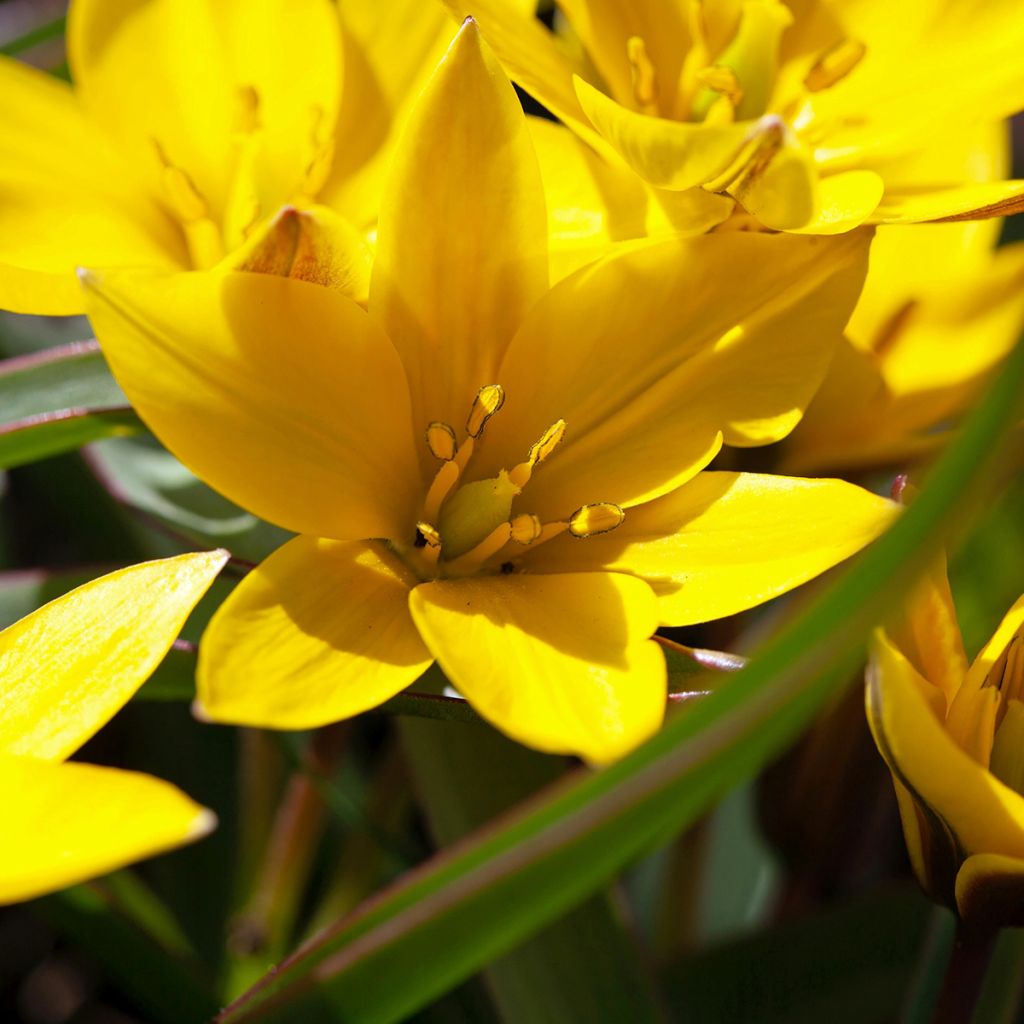

Tulipa urumiensis - Botanical Tulip
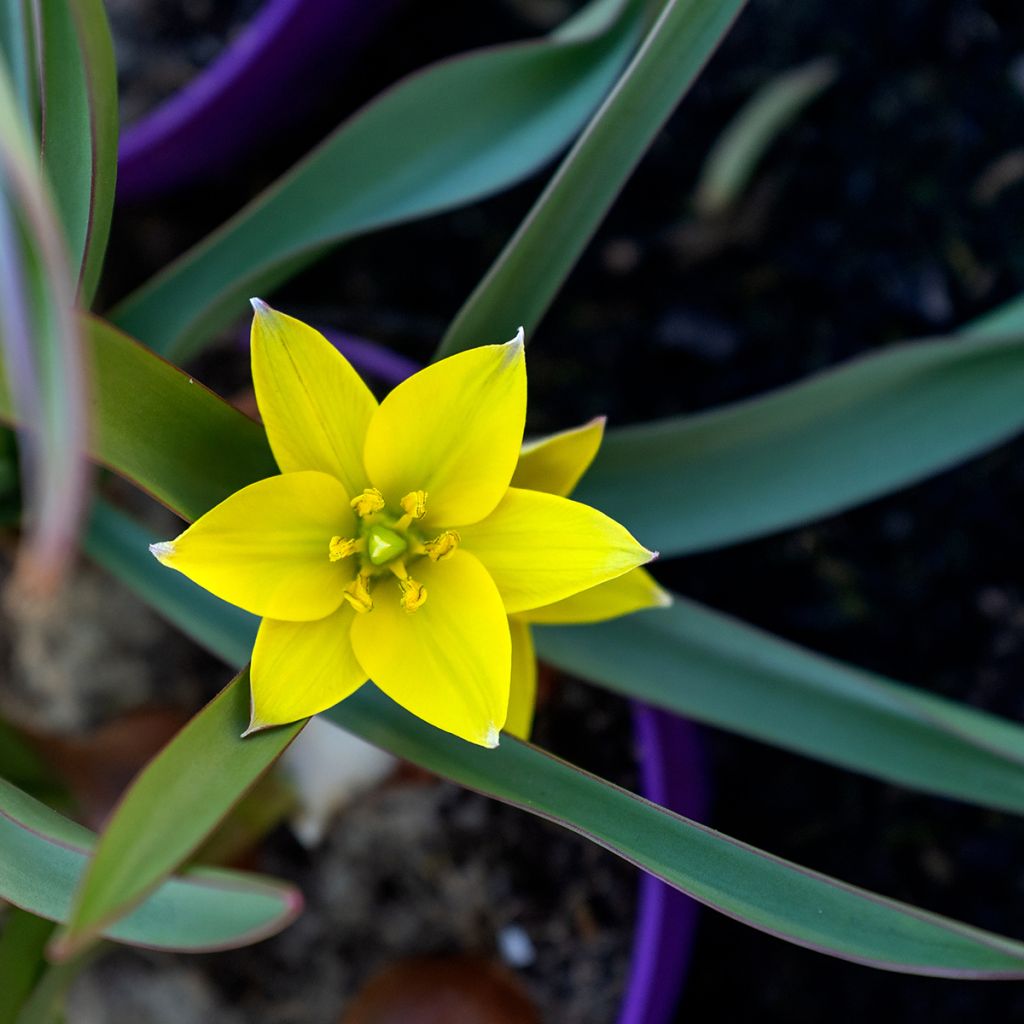

Tulipa urumiensis - Botanical Tulip
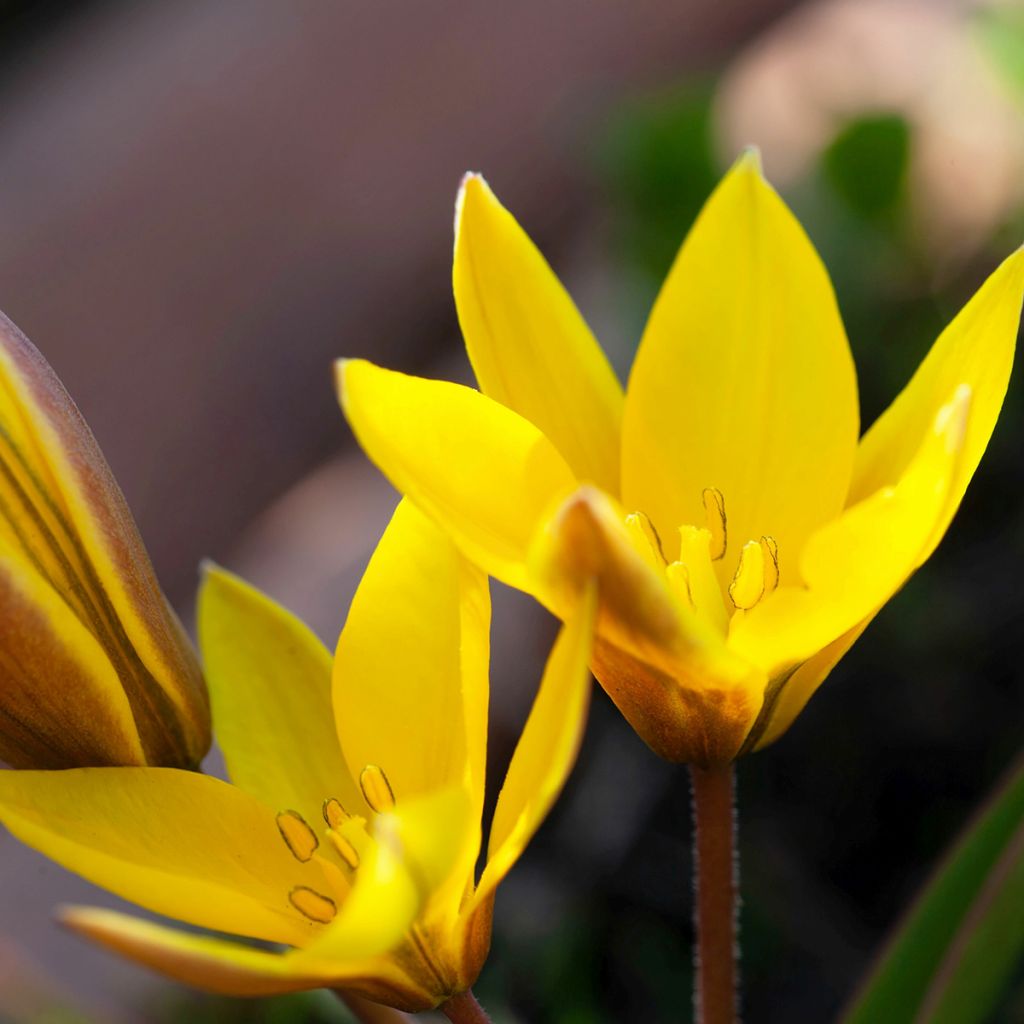

Tulipa urumiensis - Botanical Tulip
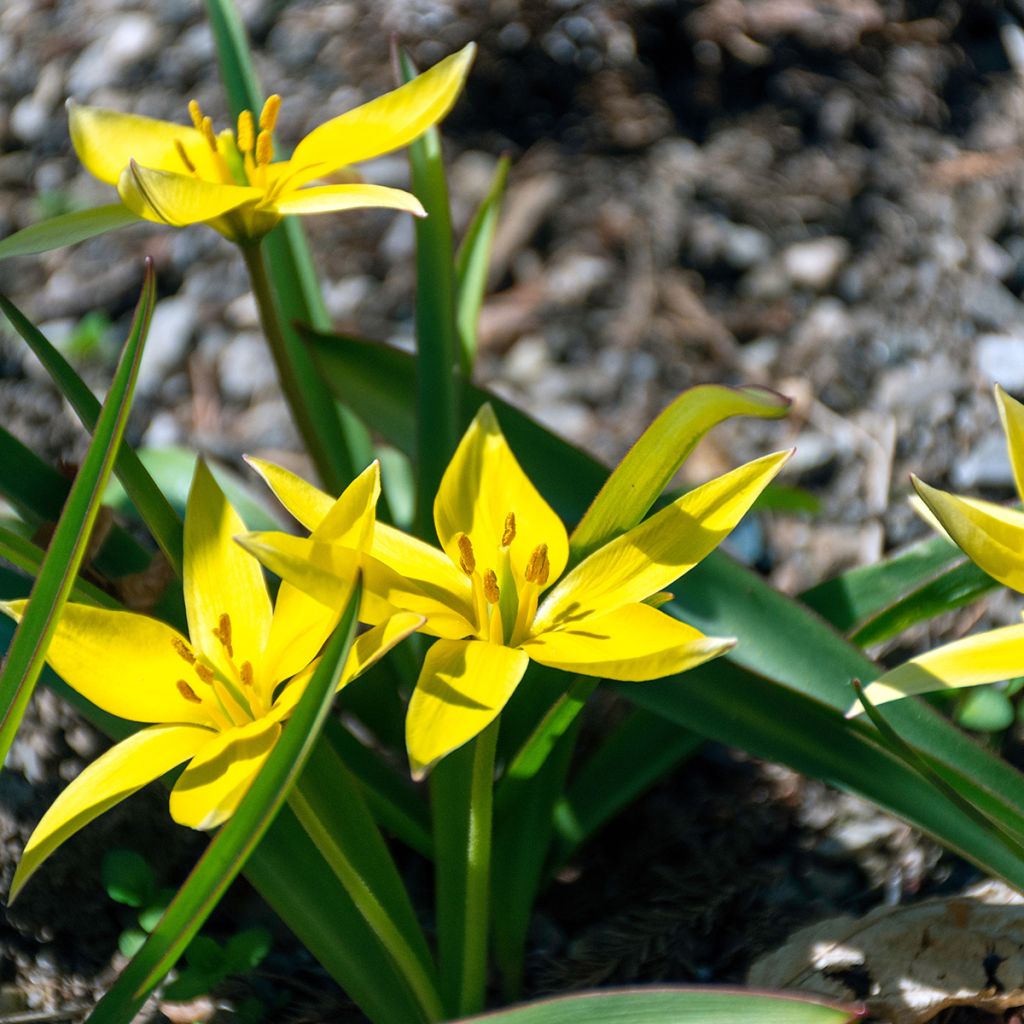

Tulipa urumiensis - Botanical Tulip
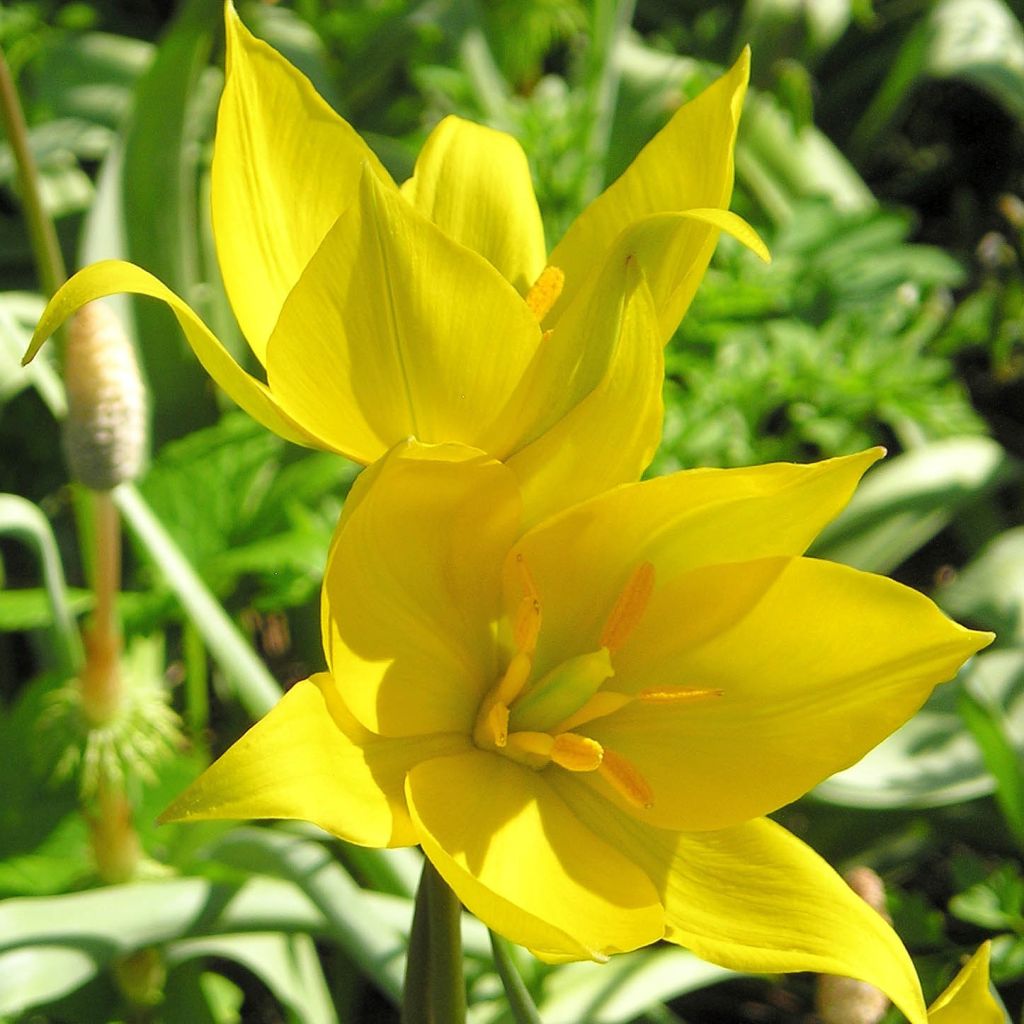

Tulipa urumiensis - Botanical Tulip
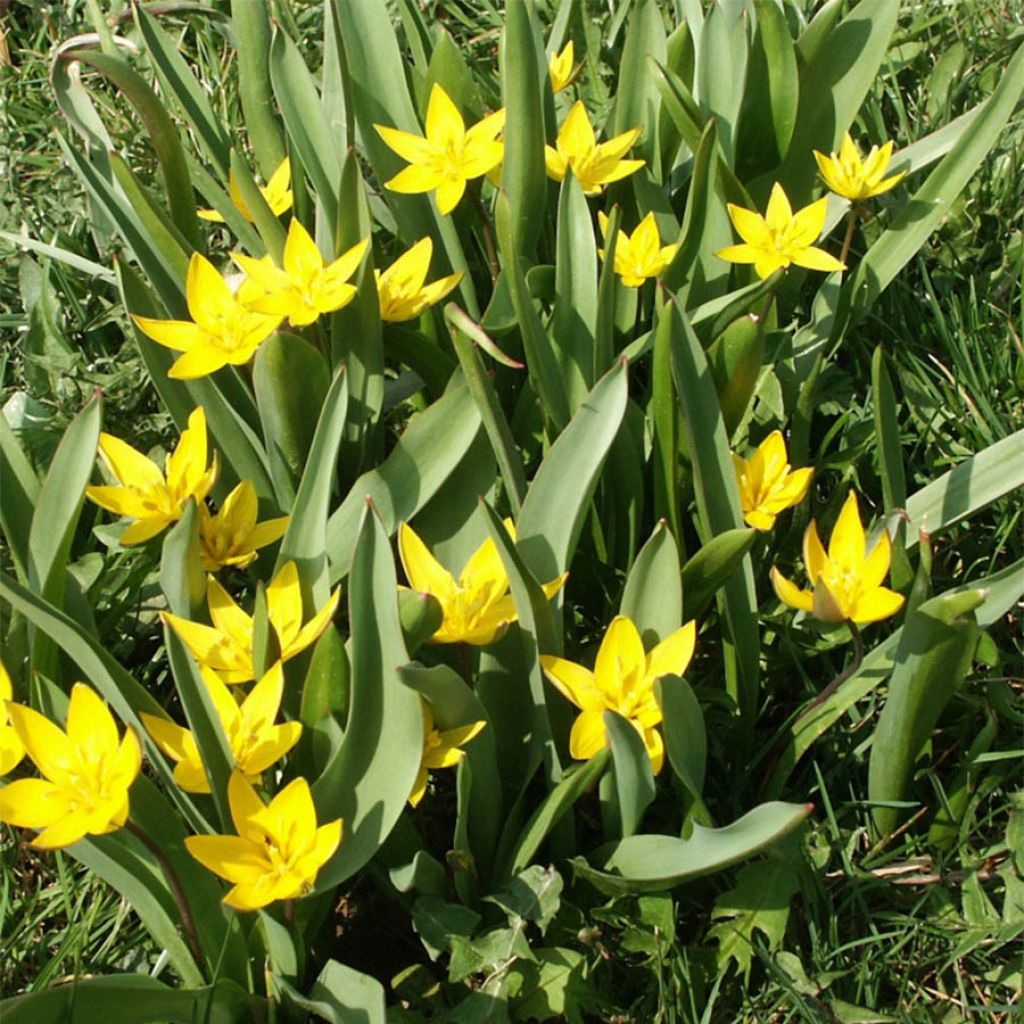

Tulipa urumiensis - Botanical Tulip
Tulipa urumiensis - Botanical Tulip
Tulipa urumiensis
Iran tulip
This plant carries a 6 months recovery warranty
More information
We guarantee the quality of our plants for a full growing cycle, and will replace at our expense any plant that fails to recover under normal climatic and planting conditions.
From €5.90 for pickup delivery and €6.90 for home delivery
Express home delivery from €8.90.

Does this plant fit my garden?
Set up your Plantfit profile →
Description
Tulipa urumiensis is the smallest of all known tulip species. It often produces several star-shaped flowers on each stem. Their pale yellow petals are beautifully streaked with brown-purple and olive on the outside. While they may not be the brightest, their corollas are graceful and bloom in early spring amidst a green backdrop. This variety is ideal for rockeries, planters, or borders, where it spreads over time into a carpet of colour. It proves to be vigorous, faithful, prolific and undemanding and returns each year.
Botanical tulip urumiensis belongs to the lily family. This species, native to western Iran, will not exceed 10 cm (4in) high when flowering. Its foliage is vibrant and vivid green, fairly narrow to almost ribbon-like, abundant and very healthy. The slightly fragrant flowers are solitary or grouped in 3 or 4 in March-April, earlier or later depending on the climate. They are carried by short stems which emerge well from the foliage. At full bloom in the sun, they reveal golden-yellow stamens. They close in the evening and when the sun goes in. This tulip naturalises easily in well-drained, soil which is dry in summer, through the production of bulblets and self-seeding.
Botanical tulips do not degenerate over time like large-flowered tulips. They can remain in place for several years without any special care and thrive in borders and rockeries. They can be planted en masse, in a lawn or flowerbed, with Tulipa tarda or Tulipa clusiana. To create colourful scenes, they can also be planted with various small bulbs: Crocus, Ipheion uniflorum, small-flowered Narcissus, Muscari, Puschkinia, Cyclamen coum, etc. These tulips are unparalleled in bringing colour to pots or sunny gardens in spring.
Tulip species are found in most of the Old World, from Western Europe to China and Japan, through Eastern Europe, Asia Minor, and Central Asia. Their distribution area also includes North Africa and the Indian subcontinent. The centre of diversity of the genus is in the Pamir and Hindu Kush mountains and the steppes of Kazakhstan.
Report an error about the product description
Tulipa urumiensis - Botanical Tulip in pictures
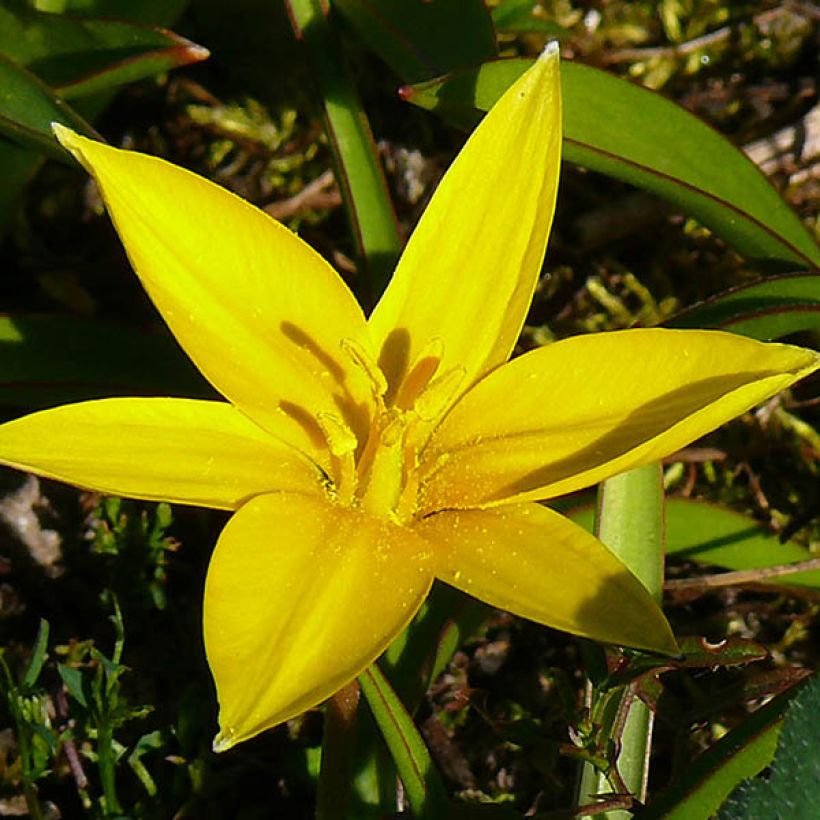

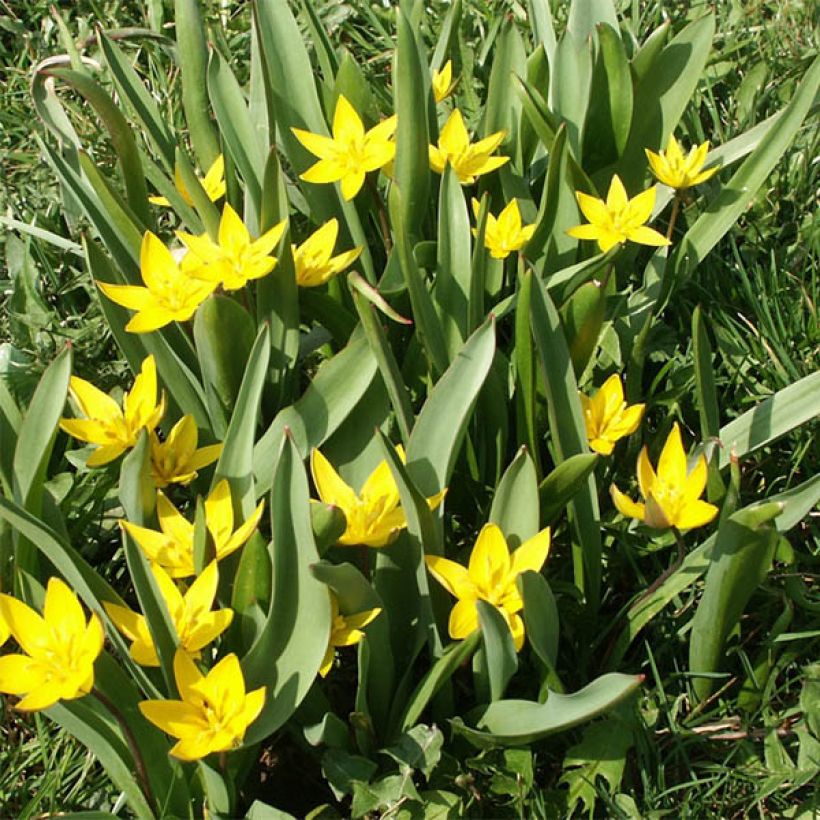

Plant habit
Flowering
Foliage
Botanical data
Tulipa
urumiensis
Liliaceae
Iran tulip
Middle East
Planting and care
Plant the bulbs in autumn, from September to December, at a depth of 10 cm (4in), 10 cm (4in) apart in ordinary, slightly acidic, neutral, or slightly alkaline, loose, well-worked and well-draining, even rocky soil. Never add poorly decomposed manure or compost to the planting soil, as this could cause the bulbs to rot. Tulipa urumiensis will grow well in soil which is moist to dry in summer and prefers cold winters. Plant it in a sunny or semi-shady location.
After flowering, their foliage becomes unsightly. We recommend planting Heucheras, Tiarellas, Brunneras, Bleeding Hearts or Cypress Spurge, at the forefront of your flower beds. Their foliage will enhance the colours of your tulips, and elegantly conceal their yellowing leaves.
Planting period
Intended location
Care
-
, onOrder confirmed
Reply from on Promesse de fleurs
Haven't found what you were looking for?
Hardiness is the lowest winter temperature a plant can endure without suffering serious damage or even dying. However, hardiness is affected by location (a sheltered area, such as a patio), protection (winter cover) and soil type (hardiness is improved by well-drained soil).

Photo Sharing Terms & Conditions
In order to encourage gardeners to interact and share their experiences, Promesse de fleurs offers various media enabling content to be uploaded onto its Site - in particular via the ‘Photo sharing’ module.
The User agrees to refrain from:
- Posting any content that is illegal, prejudicial, insulting, racist, inciteful to hatred, revisionist, contrary to public decency, that infringes on privacy or on the privacy rights of third parties, in particular the publicity rights of persons and goods, intellectual property rights, or the right to privacy.
- Submitting content on behalf of a third party;
- Impersonate the identity of a third party and/or publish any personal information about a third party;
In general, the User undertakes to refrain from any unethical behaviour.
All Content (in particular text, comments, files, images, photos, videos, creative works, etc.), which may be subject to property or intellectual property rights, image or other private rights, shall remain the property of the User, subject to the limited rights granted by the terms of the licence granted by Promesse de fleurs as stated below. Users are at liberty to publish or not to publish such Content on the Site, notably via the ‘Photo Sharing’ facility, and accept that this Content shall be made public and freely accessible, notably on the Internet.
Users further acknowledge, undertake to have ,and guarantee that they hold all necessary rights and permissions to publish such material on the Site, in particular with regard to the legislation in force pertaining to any privacy, property, intellectual property, image, or contractual rights, or rights of any other nature. By publishing such Content on the Site, Users acknowledge accepting full liability as publishers of the Content within the meaning of the law, and grant Promesse de fleurs, free of charge, an inclusive, worldwide licence for the said Content for the entire duration of its publication, including all reproduction, representation, up/downloading, displaying, performing, transmission, and storage rights.
Users also grant permission for their name to be linked to the Content and accept that this link may not always be made available.
By engaging in posting material, Users consent to their Content becoming automatically accessible on the Internet, in particular on other sites and/or blogs and/or web pages of the Promesse de fleurs site, including in particular social pages and the Promesse de fleurs catalogue.
Users may secure the removal of entrusted content free of charge by issuing a simple request via our contact form.
The flowering period indicated on our website applies to countries and regions located in USDA zone 8 (France, the United Kingdom, Ireland, the Netherlands, etc.)
It will vary according to where you live:
- In zones 9 to 10 (Italy, Spain, Greece, etc.), flowering will occur about 2 to 4 weeks earlier.
- In zones 6 to 7 (Germany, Poland, Slovenia, and lower mountainous regions), flowering will be delayed by 2 to 3 weeks.
- In zone 5 (Central Europe, Scandinavia), blooming will be delayed by 3 to 5 weeks.
In temperate climates, pruning of spring-flowering shrubs (forsythia, spireas, etc.) should be done just after flowering.
Pruning of summer-flowering shrubs (Indian Lilac, Perovskia, etc.) can be done in winter or spring.
In cold regions as well as with frost-sensitive plants, avoid pruning too early when severe frosts may still occur.
The planting period indicated on our website applies to countries and regions located in USDA zone 8 (France, United Kingdom, Ireland, Netherlands).
It will vary according to where you live:
- In Mediterranean zones (Marseille, Madrid, Milan, etc.), autumn and winter are the best planting periods.
- In continental zones (Strasbourg, Munich, Vienna, etc.), delay planting by 2 to 3 weeks in spring and bring it forward by 2 to 4 weeks in autumn.
- In mountainous regions (the Alps, Pyrenees, Carpathians, etc.), it is best to plant in late spring (May-June) or late summer (August-September).
The harvesting period indicated on our website applies to countries and regions in USDA zone 8 (France, England, Ireland, the Netherlands).
In colder areas (Scandinavia, Poland, Austria...) fruit and vegetable harvests are likely to be delayed by 3-4 weeks.
In warmer areas (Italy, Spain, Greece, etc.), harvesting will probably take place earlier, depending on weather conditions.
The sowing periods indicated on our website apply to countries and regions within USDA Zone 8 (France, UK, Ireland, Netherlands).
In colder areas (Scandinavia, Poland, Austria...), delay any outdoor sowing by 3-4 weeks, or sow under glass.
In warmer climes (Italy, Spain, Greece, etc.), bring outdoor sowing forward by a few weeks.


































